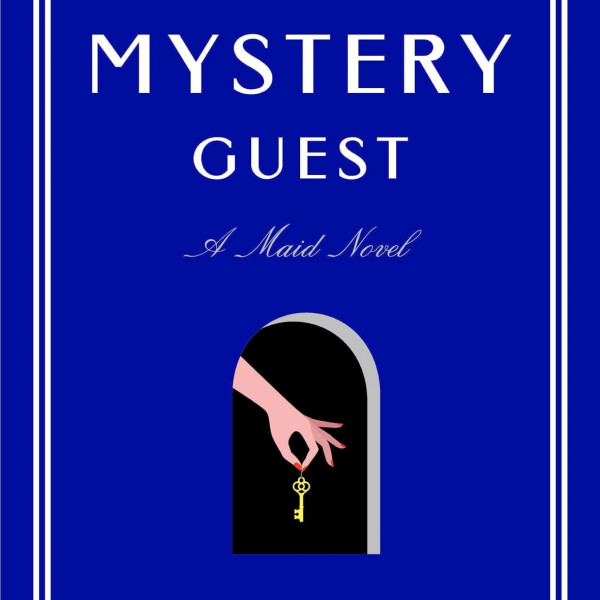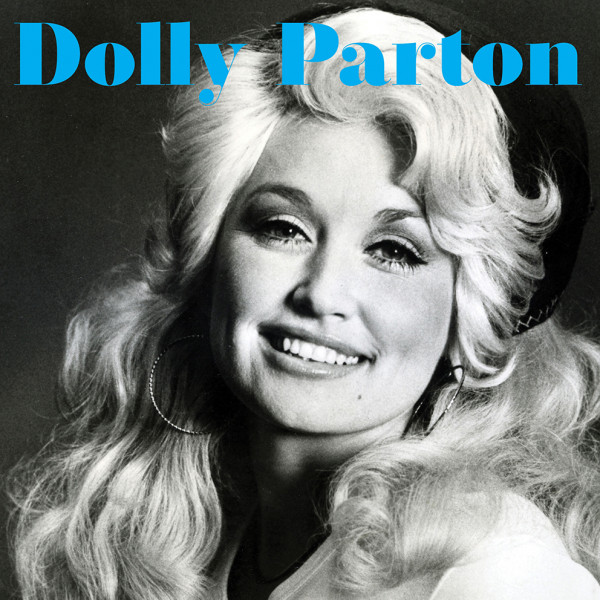
The Mystery Guest follows head maid Molly Gray as she tries to keep the edges of sheets crisp and the memory of her nan alive, all while being a murder suspect.
With a tainted past, the five-star Regency Grand Hotel desperately wants to improve their reputation. The staff are just able to reopen the renovated tearoom in time to host a special event for a bestselling mystery author. On the precipice of his exclusive announcement, the author dies suddenly and all hands point to the maid. After a previous false accusation, the police reluctantly work with Molly to solve the case due to her attention to detail.
The Mystery Guest follows Molly both as an adult and as her 10-year-old self. The flashbacks provide insight into who Molly is today, and why her job as head maid means so much to her. She is an endearing protagonist who views the world as black and white, struggling to read social cues and always working towards making things right.
As a child, she calls on her imagination and uses her fairytale-like wonder to create a protective shield around her to get through tough experiences. She doesn’t understand that correcting the grammar of other kids won’t gain her any friends, nor why the teachers want to hold her back a grade. But with a close connection to her nan, her imagination, and her passion for cleaning, it doesn’t get her down and she carries on.
As an adult, she is by the book and for the book, living and quoting the Maid’s Manual she’s working on as she works to solve the crime – whilst also trying to solve the mysteries of those around her and maintain the proper etiquette of a head maid.
The Mystery Guest exists in the realm of cosy crime and is an easy read as the past unfolds the mysteries of the present. Solving the crime is all part of the fun. It’s a great summer read.






















